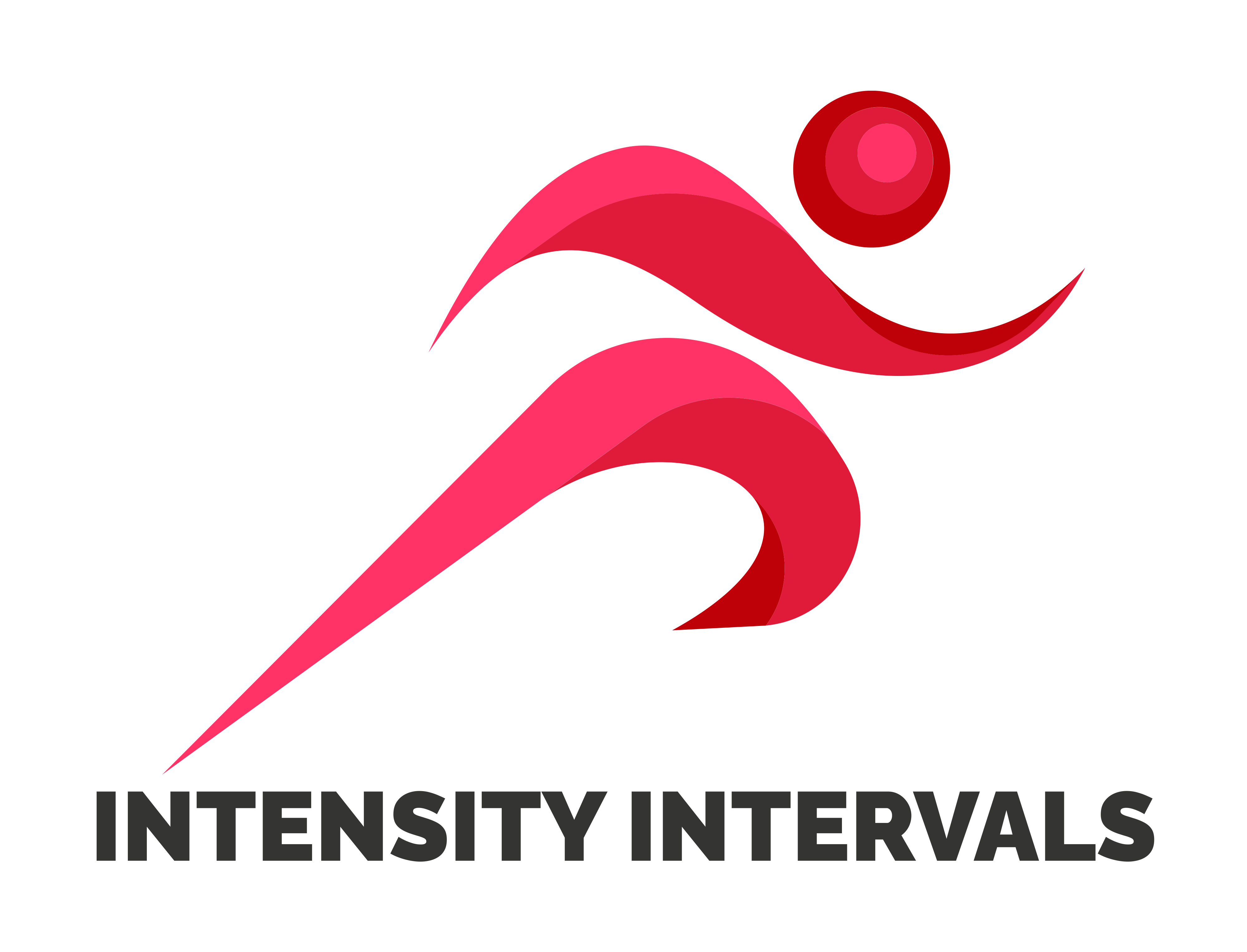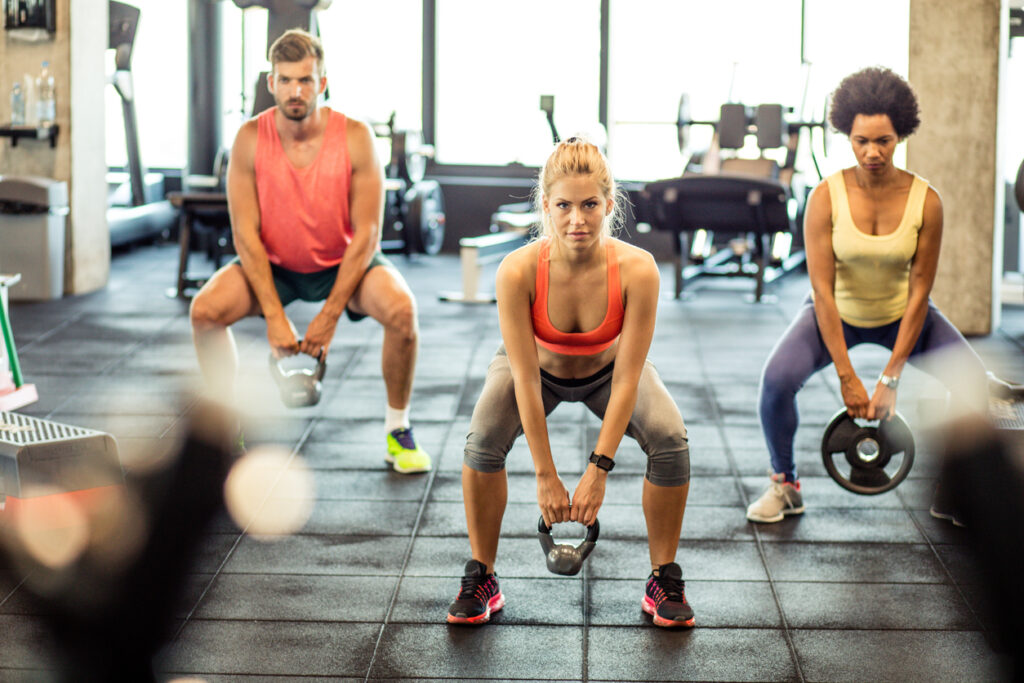High Intensity Interval Training, or HIIT, is a fitness method where you give all-out, one hundred percent effort through quick, intense bursts of exercise, followed by short recovery periods. This type of training gets your heart rate up and burns more fat in less time. The core principles of HIIT revolve around intervals of strenuous exertion coupled with intervals of rest or low-intensity exercise for recovery.
Now, you might wonder just how much HIIT has taken off in the fitness world. Well, according to recent surveys and gym attendance numbers, HIIT’s not just trending; it’s reshaping how we approach workouts. More and more people are weaving HIIT sessions into their weekly routines, drawn by promises of quick results and adaptable workout plans.
However, as with any exercise regimen, a focus on safety is crucial, especially for novices. HIIT’s intensity means that it can be effective, but also that it carries inherent risks if not approached with caution and proper knowledge. This isn’t just about avoiding immediate injury; it’s also about safeguarding your long-term health and fitness goals. That’s why the forthcoming sections are here to help you understand the key safety tips you need to tackle HIIT workouts safely.
Essential HIIT Safety Tips for Beginners
You’re going to find out that diving into a HIIT workout can be exhilarating and effective. However, for those new to the game, it’s crucial to approach these workouts with caution. Safety should be your top-priority because, honestly, nothing derails fitness goals like an injury.
Understanding your body’s limits is the first step. Not everyone can perform at the same level right out of the gate, and that’s perfectly fine. Before you jump into HIIT, it’s smart to consult with a healthcare professional. A quick check-up can help ensure you’re ready to handle the intensity and can alert you to any potential concerns.
High intensity doesn’t mean immediate intensity. Start with a solid warm-up to get your heart rate up and muscles ready for action. And once you’ve finished your session, give your body the cool-down it deserves. This helps in reducing muscle soreness and minimizes the risk of injuries.
Now let’s talk progression. It’s tempting to give it your all from the get-go, but that’s where a lot of novices go wrong. Gradually work your way up in intensity. Increase the challenge as your strength and endurance improve. This isn’t just about pushing your limits; it’s also about building a foundation that your body can handle.
One often overlooked aspect of HIIT is rest. Your body needs time to repair itself after the demands you’ve just placed on it. Integrating rest days into your workout schedule isn’t a sign of weakness; it’s a smart strategy to ensure your body is ready to go for your next session.
Proper form can’t be emphasized enough. Whether you’re doing squats, push-ups, or burpees, doing them correctly is key to targeting the muscles you want without putting undue stress on other parts of your body. If you’re unsure about your form, online videos can be helpful, but a session or two with a personal trainer is even better for personalized guidance.
Finally, choose your gear wisely. Wear supportive footwear to give your feet the proper foundation and opt for moisture-wicking clothing to stay cool. Good gear can mean the difference between a successful workout and an uncomfortable experience.
Recognizing and Responding to Your Body’s Signals During HIIT
You’ve gone through the precautions and set yourself up for success with a HIIT program. Now, your focus turns to understanding how your body communicates during workouts. I’m going to help you interpret those critical signals your body sends and what actions to take in response.
Let’s start with the warning signs that shout ‘slow down or stop!’ Pain that feels sharp or sudden, unusual breathlessness, dizziness, or feeling lightheaded are all red flags. Don’t ignore them; they’re there for a reason. Scaling back or pausing your workout is wise, not weak.
Staying hydrated is crucial, especially since HIIT sessions can be sweat-intensive. If you experience symptoms like dry mouth, fatigue, or excessive thirst, it’s time to rehydrate and cool down. Jumping back in without addressing these signs can lead to more severe issues such as heat stroke.
Mental toughness is vital, but sometimes our minds push our bodies beyond today’s limits. It’s essential to recognize when you’re succumbing to peer pressure or your own high standards. Remember, HIIT is a personal journey, not a competition. Your first attempt doesn’t need to be your last, and you can always adjust your approach down the road.
If ever you’re uncertain, seek professional advice. There’s no substitution for the guidance of a fitness coach or the medical expertise during an unexpected event. It’s not just about getting fit; it’s about staying healthy for the long haul.
In wrapping up, crafting a sustainable and balanced HIIT regime calls for attentiveness to your physical and emotional feedback. Choose something that resonates with you and your capabilities. Here’s to your journey in HIIT – safe, effective, and rewarding.

